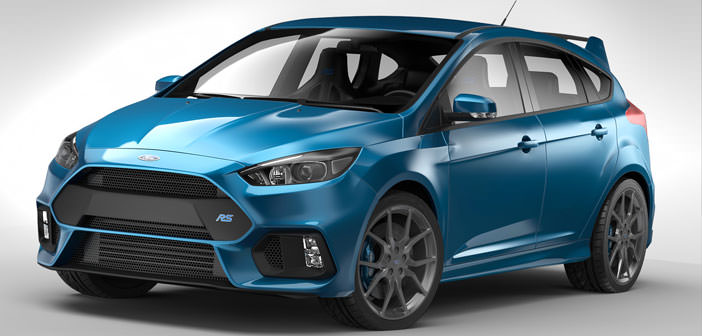The Blue Oval makes extensive use of 3D printing technology in the design and development of vehicle quicken the realization of prototype parts and allow greater creative freedom.
Guest at the design school Domus Academy, Ford explained to students and aspiring designers and how the introduction of 3D printing has changed, and will change in the future, the design approach. Besides Ford is not exactly new to 3D printing, dating to 1988, the purchase by the Blue Oval’s third 3D printing machine ever produced. Since then we have been realized over 500 million shares, which today are prototypes for each type of item, component or structure.
Bruno Alves, Rapid Prototyping and Tooling Specialist for Ford of Europe, explains how the first step to give birth to an idea is the sketch made by designers and architects that is then materialized in a physical form by modelers with the use of clay to create models scale and, as a result, size of the vehicle so you can appreciate the real proportions of the future car design and development. Parallel digital designers and modellers achieve a CAD drawing: everything will be developed together in a synergistic process that seeks to combine the strengths of both methods.
3D printing is part of this process, coming to the help meet those needs that otherwise would be difficult if not impossible to answer. For example, some items can be played faster with 3D printing with respect to the modeling with clay, or even more accurately. An example is the design of a grid, which maybe should be slightly reduced in size: with modeling clay that would be a very difficult and laborious process, which becomes much easier to deal with 3D printing.
3D printing in Ford deals with the Rapid Prototype Team, which operates primarily in the European headquarters in Cologne. Depending on the type of request (which come from outside the engineering or design) the team examines the project, and uses the technique (mainly sintering, but also the press extrusion for some particular) and the material (plastic, sands, metal) best suited to create the piece on which the company is working.
3D printing has been used in particular, to carry out some key elements in the development phase of the new Ford GT, which will run on track next year at Le Mans 24 Hours in the context of historical, such as the intake manifold of the new engine EcoBoost. The new Mondeo Vignale saw the use of 3D printed objects in its development, including the front grille with its distinctive hexagonal design.
Entertaining the possibility for owners of a 3D printer can access the Ford 3D Store to download the digital models in scale of a number of vehicles to be printed at home. Among them, the Ford GT, the Focus ST, the Fiesta ST and the US spec F-150 Raptor.
Alves was keen to resize the opinions according to which one day the car can be printed in 3D: the production of finished parts continue to be conducted with the normal techniques of injection molding, but 3D printing will most likely be used to achieve the molds, which may be designed so as to make procedures more efficient cooling.
https://youtu.be/RoSEv5kinQA
Bruno Alves has finally concluded the meeting with a call for aspiring designers: ” Always consider these techniques because you can deliver extraordinary creative possibilities. “

